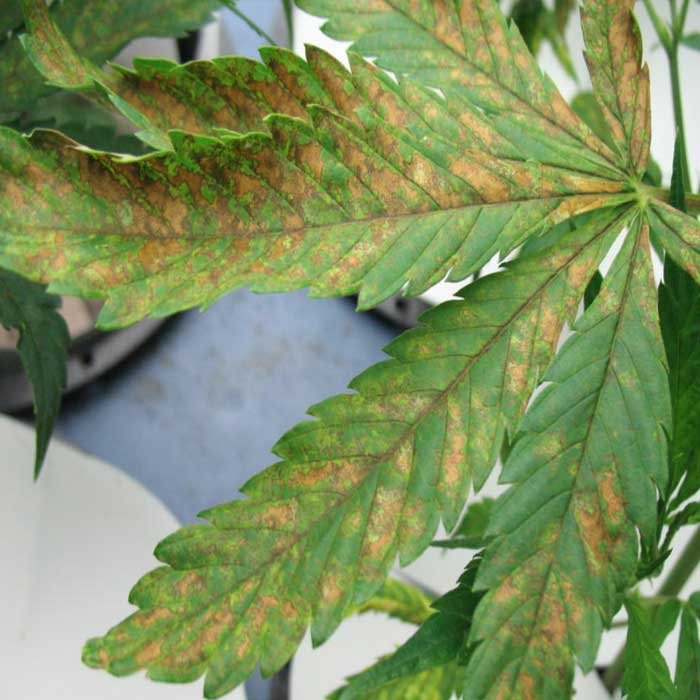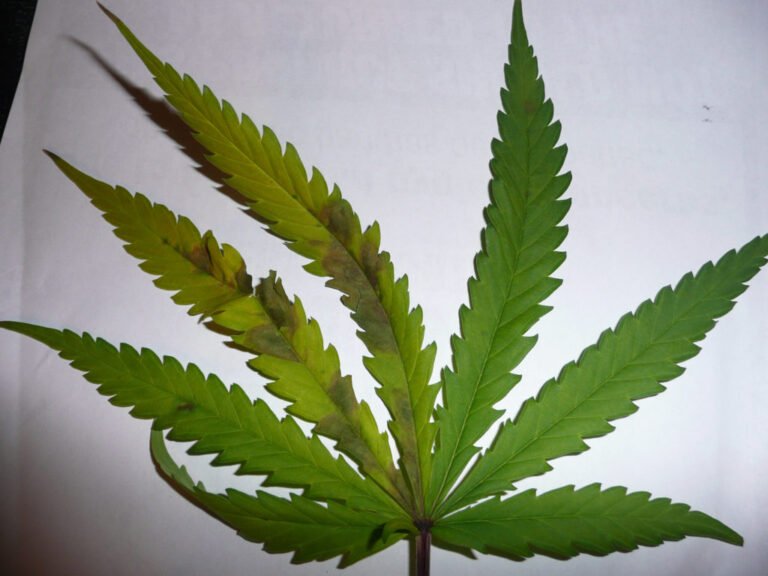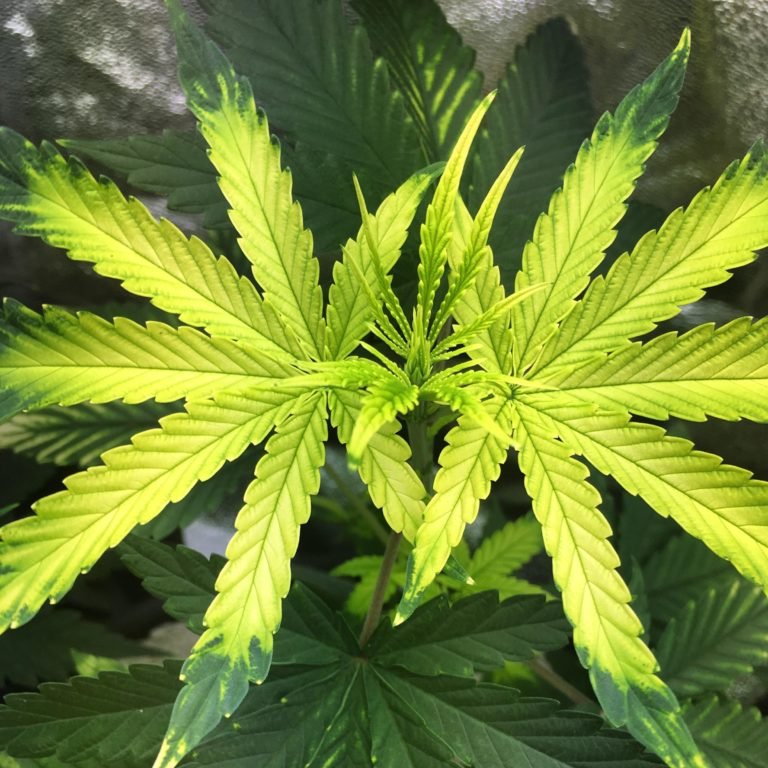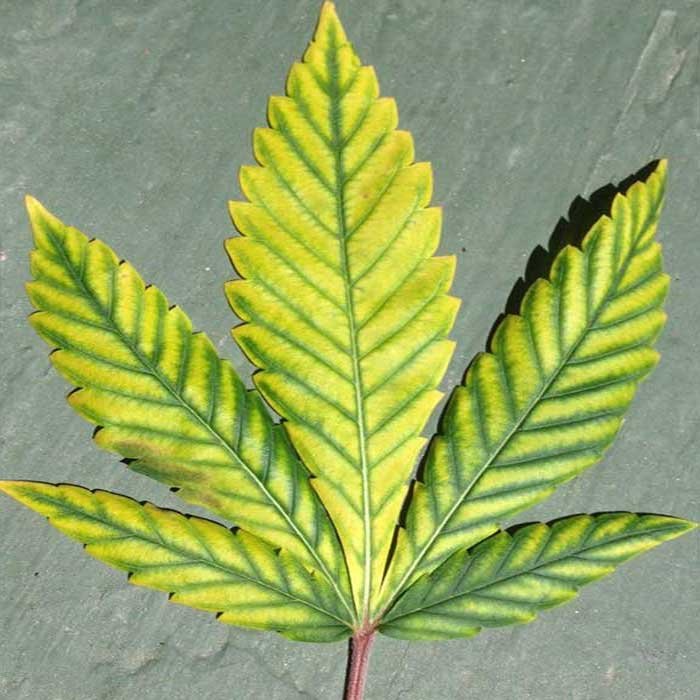Phosphorus (P) is an essential element that triggers a series of fundamental processes to proper plant flowering, from the development of extensive and efficient root systems to the activation of vital metabolic processes.
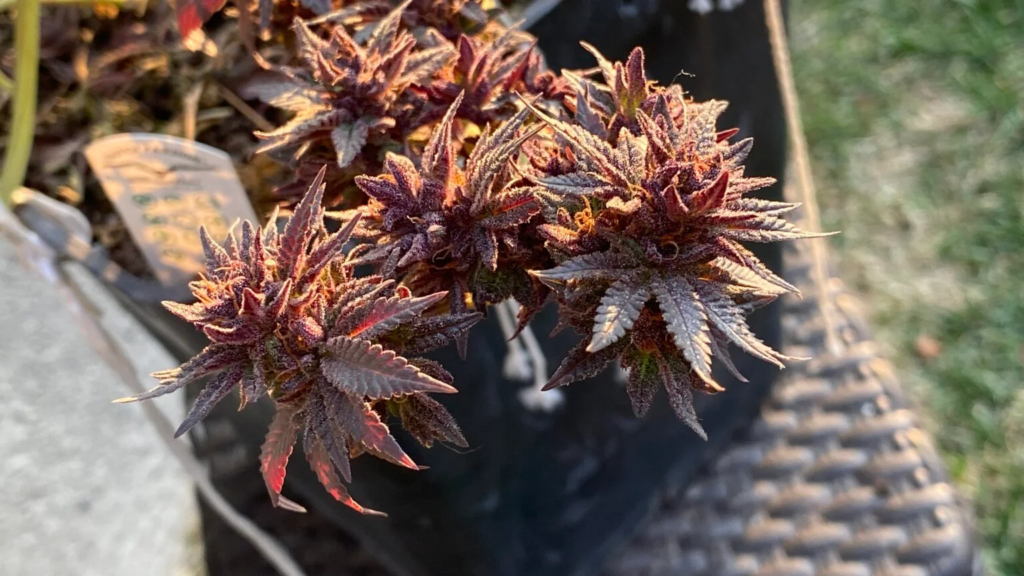
The Phosphorus Cycle
Phosphorus is an element defined as a macronutrient because intervenes directly and in large quantities in the metabolism of all plants, especially cannabis.
The P Cycle is known as the biogeochemical cycle because occurs in the earth and involves the interaction between chemical elements and living organisms. This cycle always occurs in an ecosystem within a closed cycle that is constantly repeated on our planet.
Living organisms feed on P, either through phosphate decomposition processes or through already phosphate-containing rocks.
These phosphates enter into contact with plants through the soil. Animals feed on these plants, which contain quantities of P that will be replenished in the form of excrement into the subsoil. These will then be processed by microbial life, transforming the phosphorus back into phosphates, which can be absorbed by plants again, thus completing the cycle of this macronutrient.

Functions of Phosphorus in cannabis plants
P is an essential nutrient for cannabis plants. Much of the energy the plant receives from sunlight is subsequently stored in the form of Phosphorus. It is subsequently used to carry out various metabolic processes such as photosynthesis. P is also a component of DNA.
We can also say that this macronutrient is very important for plant development at different life stages: germination, root growth, shoot growth, cloning and flowering.
Plants absorb P in the form of monovalent and bivalent ions, although the monovalent ion is the most widely used by plants, which will be more or less available depending on the pH range of the substrate. The higher the pH, the lower the plant’s absorption of this nutrient, leading it to show signs of deficiency.
By absorbing this macronutrient, plants can perform various biochemical actions such as respiration and synthesizing proteins and carbohydrates.
Its functions include:
- Greater root development
- Better utilization of water from the substrate.
- Stimulation of the vigor of the marijuana plant.
- Formation of more robust stems
- Greater resistance to frost, insect attacks, and diseases
- The length of the vegetative period is significantly reduced due to the vegetative burst produced by rapid root growth. It will be possible to switch to the flowering period earlier, consequently reducing the total time required to grow cannabis.
- Increased production and improved quality of buds and seeds.
- Direct influence on carbohydrate production, improving the production of sugars and starches, and producing better-quality flowers.
Phosphorus deficiency in marijuana plants
Poor Phosphorus assimilation or its absence will result in a deficiency of this element. Like Nitrogen (N), this nutrient is mobile, meaning it moves easily within the plant’s organism, moving to the most active areas, such as the youngest leaves.
When this element moves from older leaves to younger ones, the older ones suffer chlorosis, turning yellow. It should be noted that the oldest and lowest leaves of the plant act as nutrient reserves for the plant to use when needed, so this process will be affected.
As the deficiency develops, chlorosis will progress through the plant, affecting all the leaves, turning them yellow. If this problem is not resolved, the plant will suffer massive defoliation, losing the leaves to perform its vital functions and resulting in premature death.

Beggining of P deficiency
A deficiency of this element affects the plant by causing:
- Stunting of smaller leaves.
- Stems, petioles, and other parts of the plant turn to a purple hue.
- Claw-shaped with dark blue-green colors at the tips of older leaves.
- Necrosis with a purple-bronze color on the most affected leaves, which then wrinkle and eventually fall off the plant.
- The buds are smaller and don’t develop as they should.
- The plants are more vulnerable to any type of infection, whether caused by diseases, fungi, or insects.

Mid-stage of P deficiency
How to treat P deficiency?
- Regulate the substrate pH between 5.5 and 6.5 depending on the type of substrate used; in hydroponics, the range will vary between 5.5 and 6.2 depending on the growing stage.
- With excesses of other elements such as Zinc (Zn) or Iron (Fe), Phosphorus will become blocked. To correct this blockage, a root flush should be performed with a stable pH according to the growing stage, followed by light watering with a balanced fertilizer P-rich.
- The fertilizers used to address the deficiency can be organic or mineral, with mineral fertilizers being the most rapidly absorbed by the plant.

Advanced P deficiency
Phosphorus Excess
P excess affects the plant by blocking many other nutrients such as Calcium (Ca), Copper (Cu), Fe, Magnesium (Mg) and Zn with Zinc being the most easily blocked trace element. Therefore, you should be alert for deficiencies in other elements to determine the severity of the excess.
If there’s an excess of this element, perform a root flush with at least three times the pot’s capacity.
Some of the symptoms of P-excess:
- Dark or purple coloration: Leaves may show dark or purple coloration, especially at edges.
- Stunted growth: Plant growth may be slowed, and new leaves may be smaller than normal.
- Zn deficiency: P-excess can interfere with Zinc uptake, which can result in Zinc deficiency symptoms such as yellowing between the veins of the leaves.
- Chlorosis: Leaves may experience chlorosis, which manifests as widespread yellowing, although the veins remain greener.
- Problems with mycorrhizae: P-excess can interfere with mycorrhizal formation, due to the beneficial symbiotic associations that exist between plant roots and fungi, which can negatively affect this nutrient uptake.
- Phosphorus accumulation in the soil: In soils with Phosphorus excess, plants may show symptoms of toxicity, even if they are supplied with a normal amount of the element.
It’s important to keep in mind that these symptoms can vary depending on the variety you grow and the conditions your plants are in. Careful observation and monitoring of plant health are essential to determine the presence of an excess of this macronutrient, and you will need to adjust your fertilization practices accordingly.



